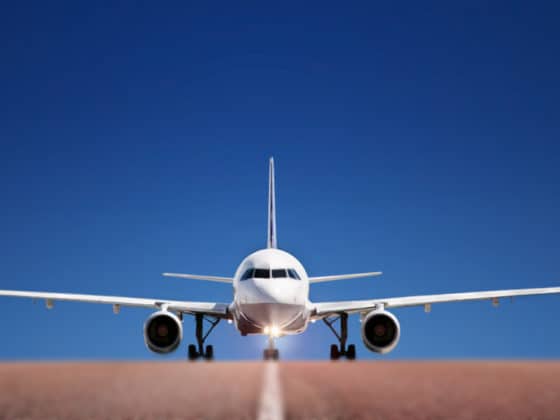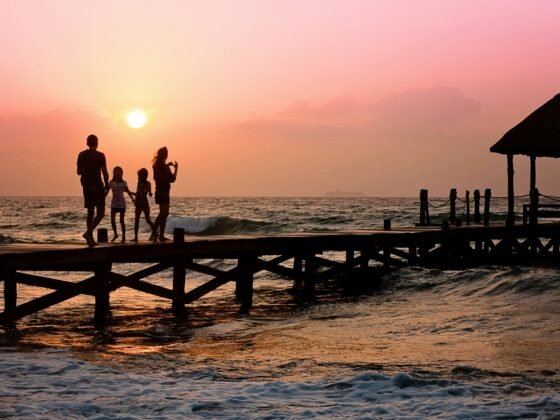Understanding the intricacies of safe and legal caravan towing is vital to a successful journey when embarking on a caravan adventure. Several factors determine how much weight your car, truck, or SUV can tow efficiently.
In calculating your caravan’s weight and the vehicle’s limit, people often focus on weight factors like the vehicle’s towing capacity, towing vehicle weights, towbar rating, and trailer weights. But one of the less talked about aspects of towing caravans is how the water you carry on board your caravan will affect towing. This post details why you need to know your caravan’s water weight and its potential impact on towing.
What Is Water Weight In Caravan Towing
Water weight refers to the water carried in the caravan’s onboard water storage tanks. Everyone knows water is an essential resource for any traveller on an outdoor adventure. You’ll need a ready water supply for your drinking, cooking, and sanitation needs.
On the other hand, water also adds significant weight to the overall load being towed in your caravan, influencing the vehicle’s stability, payload limits, and weight distribution. Understanding the water weight of your caravan ensures that you’re always within safe limits and in compliance with regulations regarding weight restrictions.
How Water Weight Affects Caravan Towing
You will find at least two large water tanks on most modern caravans. Some bigger models may have as many as four tanks to hold water. On average, these tanks will hold as much as 60-90 litres of water. The following are some of the ways the water weight influences caravan towing.
Water Adds To The Overall Weight Of The Caravan
A litre of water is equivalent to a weight of one kilogram. This means a 60-litre tank will add 60 kg of weight to your caravan’s overall weight at full capacity. Since every towing vehicle has its limits, you have to factor in the weight of the water onboard your caravan when calculating your vehicle’s towing capacity.
Water Affects The Balance And Stability Of Your Caravan
Water tanks can have different positions depending on the design of your caravan. You need to consider the position of this tank and how it will affect the balance and stability of your vehicle. If the water tank is positioned at the front of the caravan, it will be front-heavy. Most modern caravans have water tanks positioned over or near the caravan’s axle. This extra weight can maintain a balanced centre of gravity.
Water Wobbles
If there’s space in the tank, water will wobble back and forth or from side to side as your vehicle moves. If your tank is only going to be partially full, you have to factor this into weight planning. Liquid surges as your vehicle moves can affect the stability and safety of your caravan.
Payload Limits
Every caravan has a designated payload capacity. This refers to the maximum weight of cargo that can be carried inside the caravan. Water weight is part of this payload and needs to be considered along with other belongings. Over the payload limit can damage the caravan’s structure, tires, and axles, negatively impacting its performance and safety.
How To Handle Water Weight When Towing A Caravan
If you’re going to a camp with a water source or don’t require water during the journey, it makes sense to empty the tank before towing the caravan. This solves the weight problem and eliminates the risk of water sloshing around dangerously in the tank.
This is often an impractical approach since you’ll most likely need water on your trip. The alternative is to factor in the water weight, travel with a full tank and distribute it evenly within the caravan. This means isolating connected tanks so that you have one empty and one full tank instead of two half-filled tanks. This helps to maintain stability and control while towing.
For more information on different types of storage tanks, including those for diesel, fuel, and chemicals, you can visit this page.
Photo: Benjamin Zanatta – Unsplashed.












